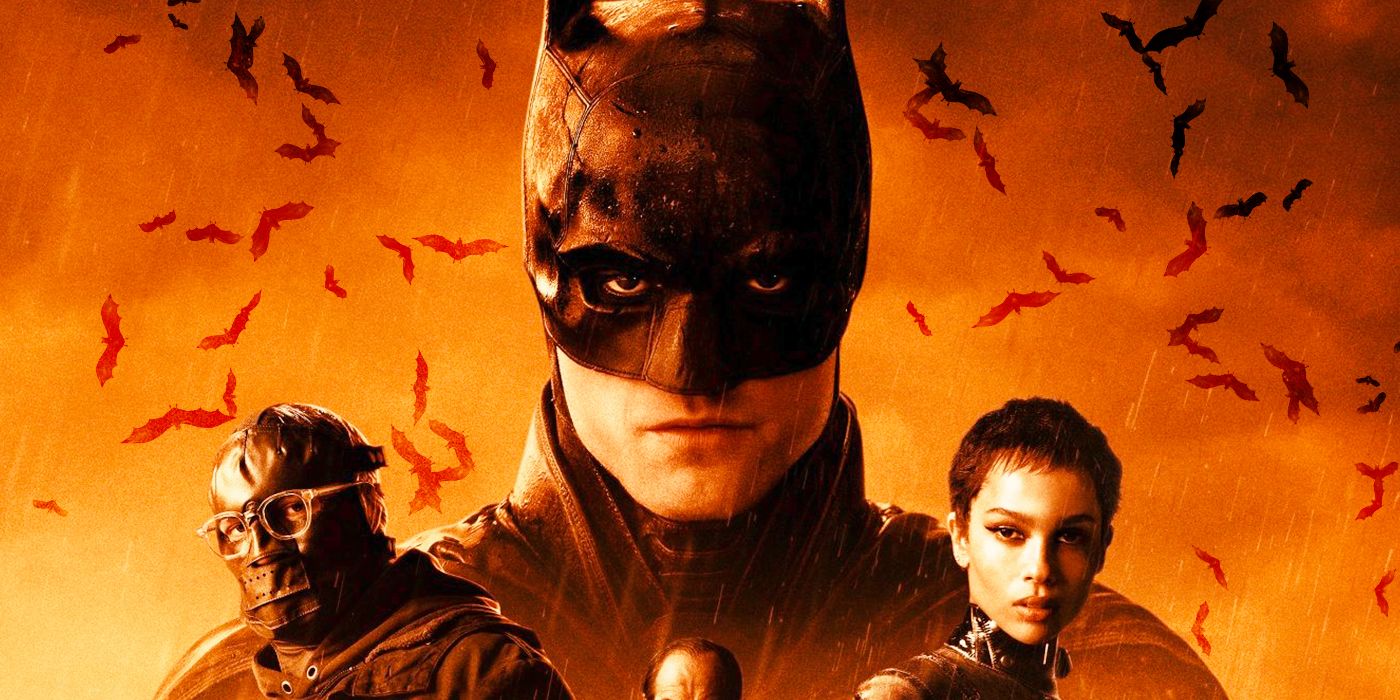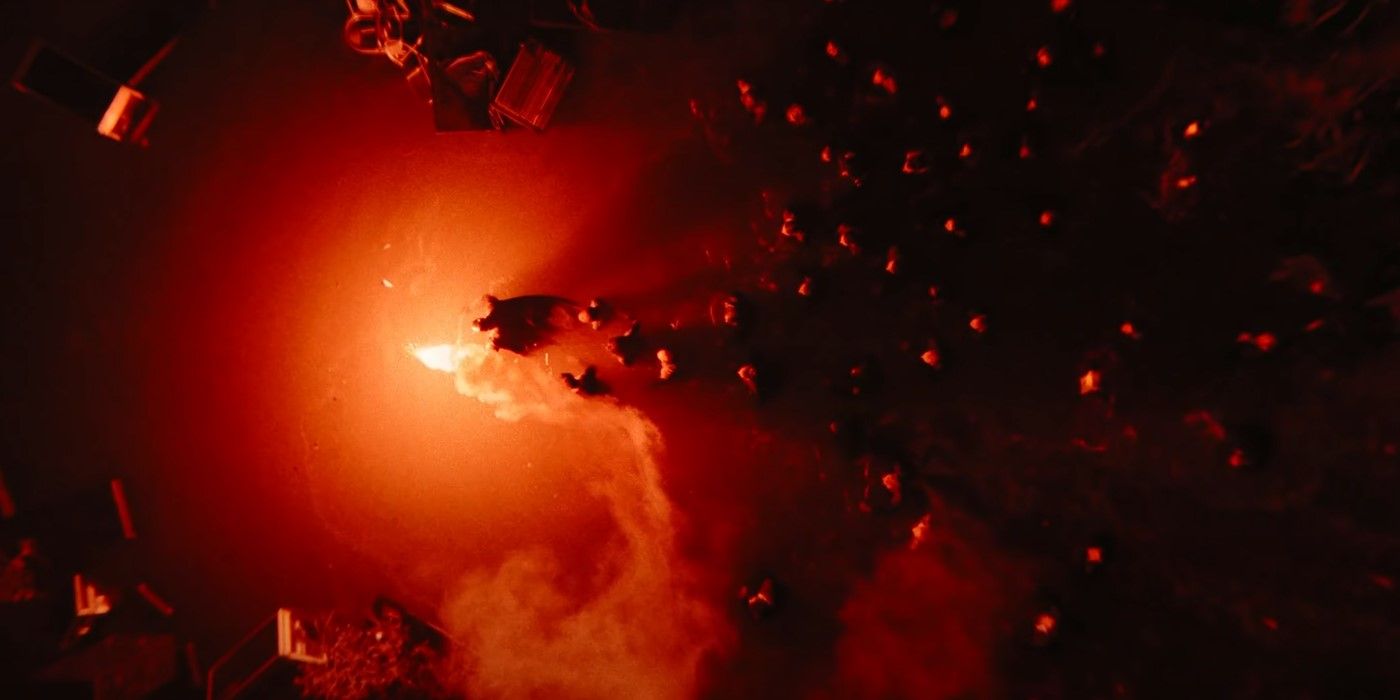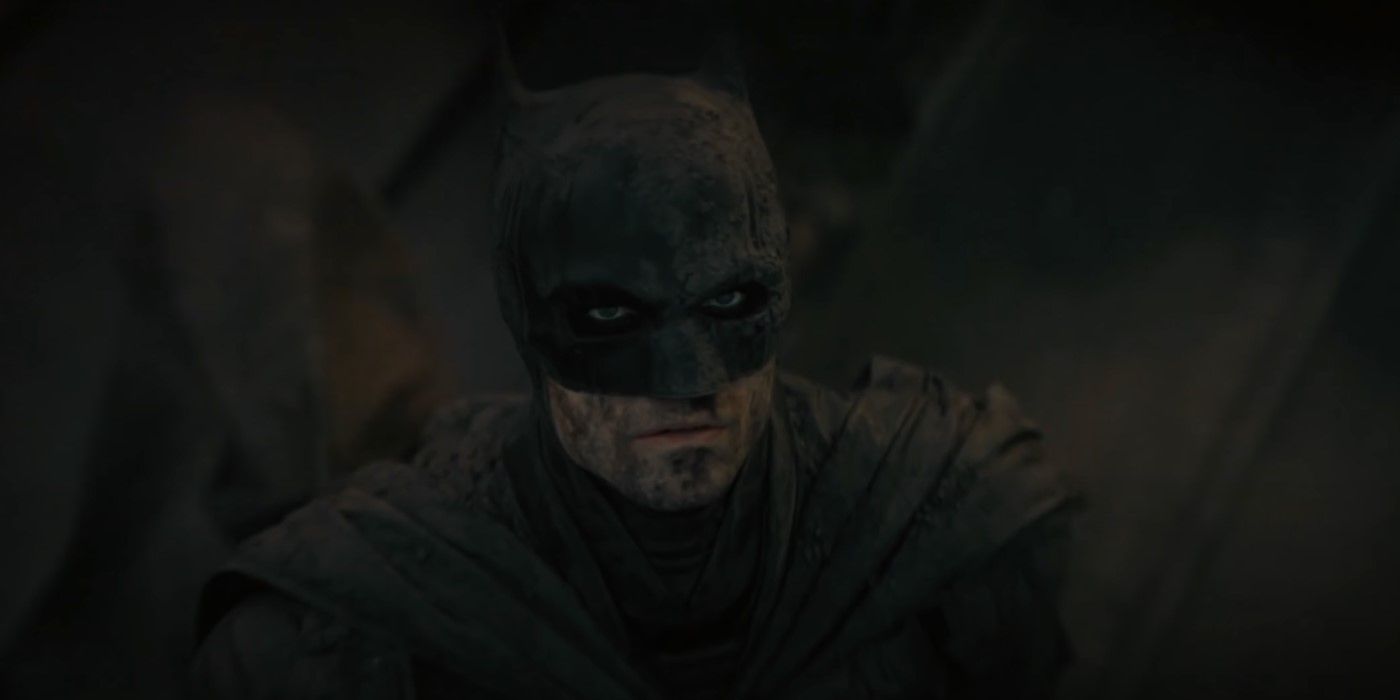WARNING: The following contains spoilers for The Batman, now playing in theaters.
The Batman is a unique take on the Caped Crusader, as it sees Batman (Robert Pattinson) at his lowest. Rather than being a symbol of hope, he has spiraled further into his quest for vengeance over his parents' death. As a result, he has lost himself in the cowl and becomes incredibly brutal when dealing out justice on criminals. He doesn't care about how he's viewed by those he protects and cares even less for his well-being, so long as he's feared. But in the film's climax, he chooses to sacrifice himself to save a group of civilians and reemerges as the exact thing he was meant to be -- a hero.
The Riddler's (Paul Dano) plan is implemented throughout The Batman. He feels the lies and corruption have destroyed Gotham, and the only thing left is to cleanse it. To do this, he blows up the seawall, which then floods all of Downtown Gotham. As the chaos continues, The Riddler also amasses followers to be stationed in the Gotham Square Garden arena, where the newly appointed mayor and several civilians are seeking refuge. As they try to assassinate her and those inside, Batman does his best to stop them. However, as the floodwaters rise, a rafter with a live electrical wire is left hanging above innocents trapped in the water. Batman cuts the wire and plummets to the water, unconscious, to protect them.
Though it appears that he's died, he reemerges and notices that people are hiding and scared in the darkness, awaiting a watery demise. Instead, Batman ignites a flair and leads the people to safety. The shot could even be considered iconic as he leads those that were once terrified of him to safety. Narratively, it symbolizes how Batman has finally found his place in Gotham City as a protector rather than a brutal vigilante. His goal becomes more than just stopping crime as he realizes that it's more about keeping Gotham's people safe no matter the odds.
There's also a thematic significance to Batman's choice to risk his life to save countless others. Before he jumps, one of the Riddler's henchmen looks at Batman and says, "I'm vengeance." At that moment, Bruce realizes that what he's been fighting for has been tainted, and he can no longer continue on the path he is going. By sacrificing himself and landing in the water, he goes through a baptism of sorts. He cleanses himself of the demons of his past and emerges as a man reborn. With a clear conscience, he can see the real goal is to help those in need.
While he is still an imposing figure, Batman's presence no longer invokes fear in those he is saving. He never asks for validation, but he receives it at the end of The Batman when a woman doesn't want to leave his side after he saves her. But by reminding her everything will be okay, she calms down and is able to get medical assistance. At that point, it becomes clear that Batman's power is to inspire hope in the people of Gotham rather than fear. It also helps him figure out if he is making a difference in the city in the first place.
One of the biggest factors in any form of media regarding Batman is iconography. While fear can be one of the biggest examples, hope and heroism also carry significant weight. The Batman shows this as it presents Batman from multiple different viewpoints. But by the film's conclusion, his sacrifice proves that while fear and rage won't leave him, hope is what defines him and helps him embrace his place in Gotham City as Batman.
To see Batman become a hero, check out The Batman, now playing in theaters.



